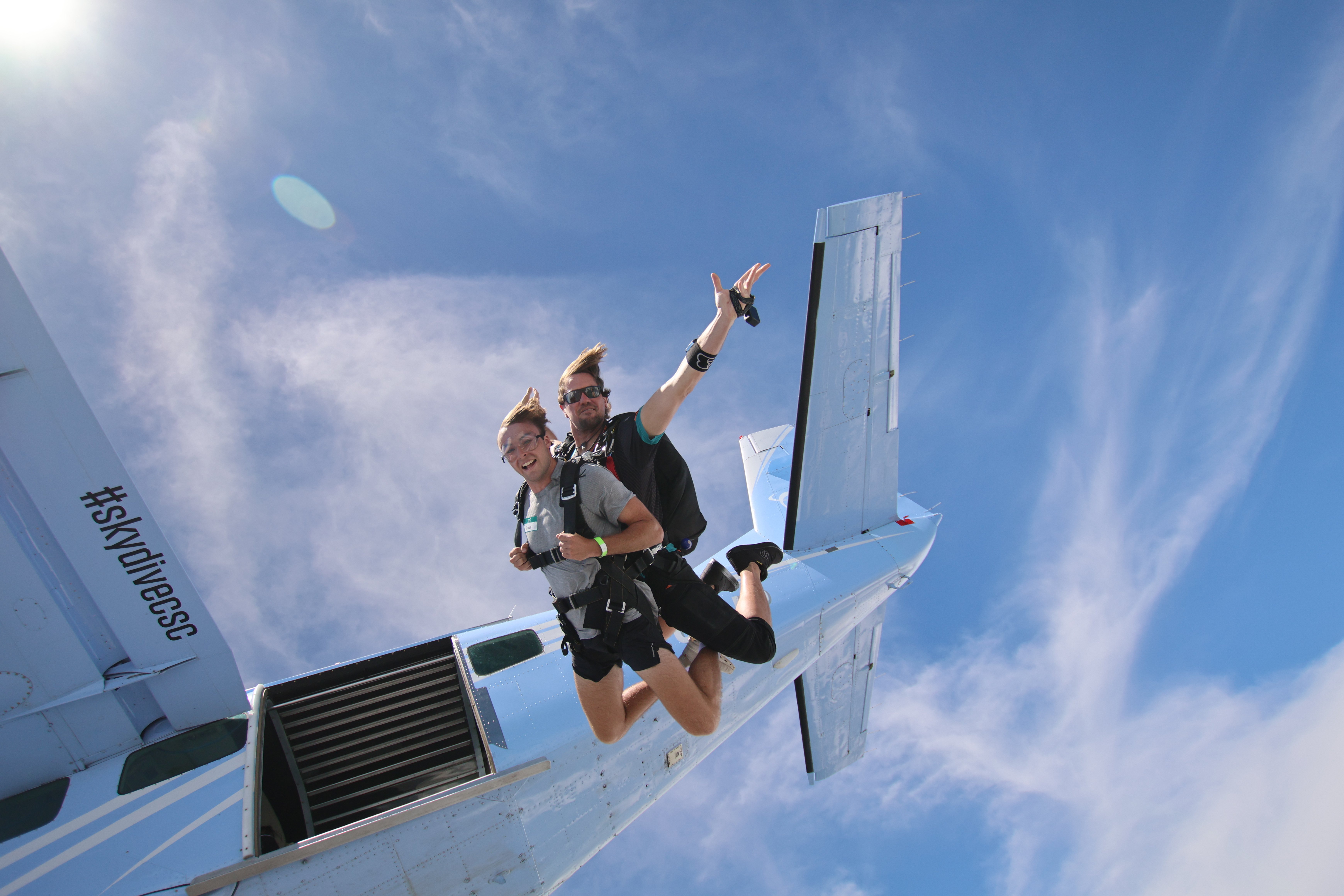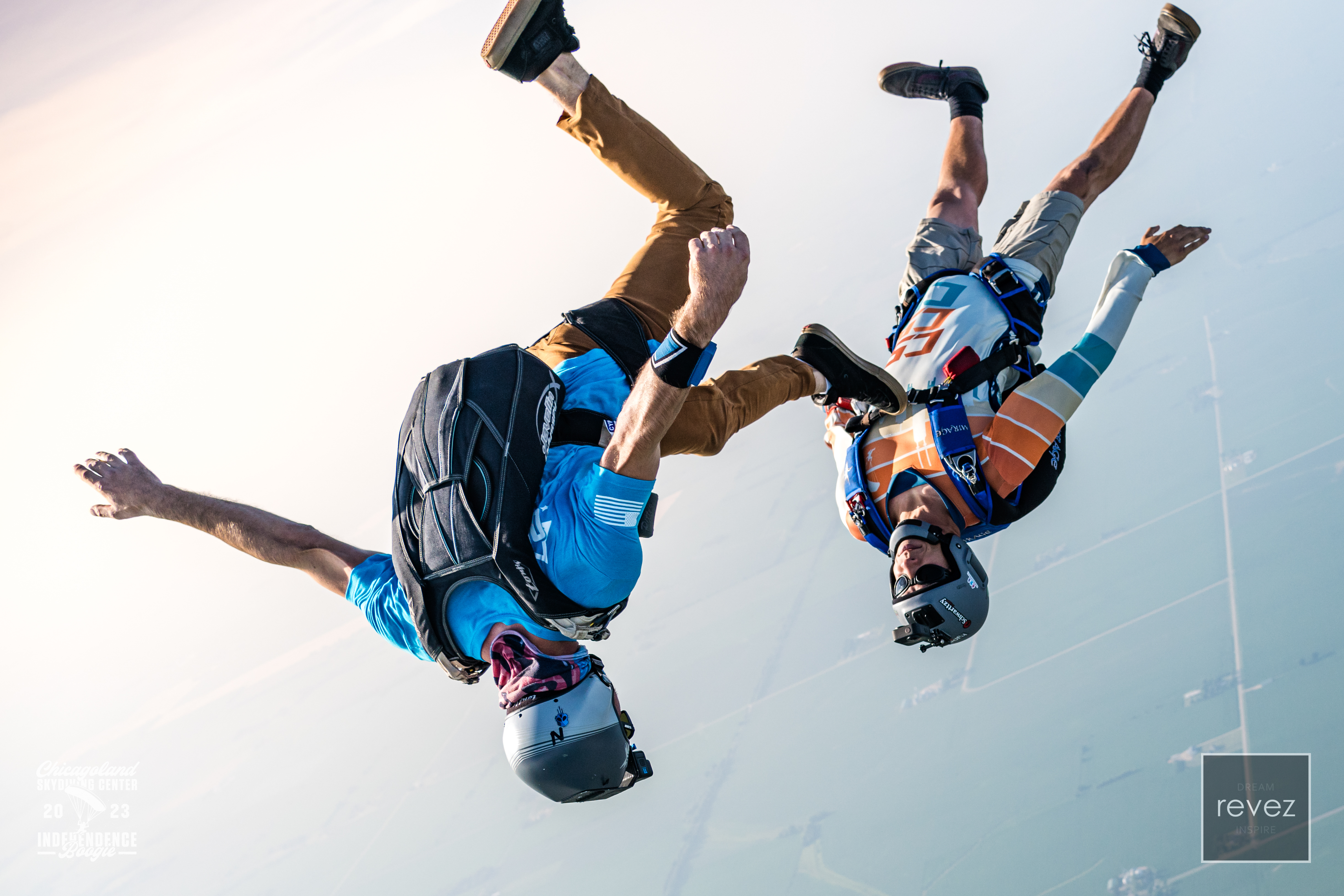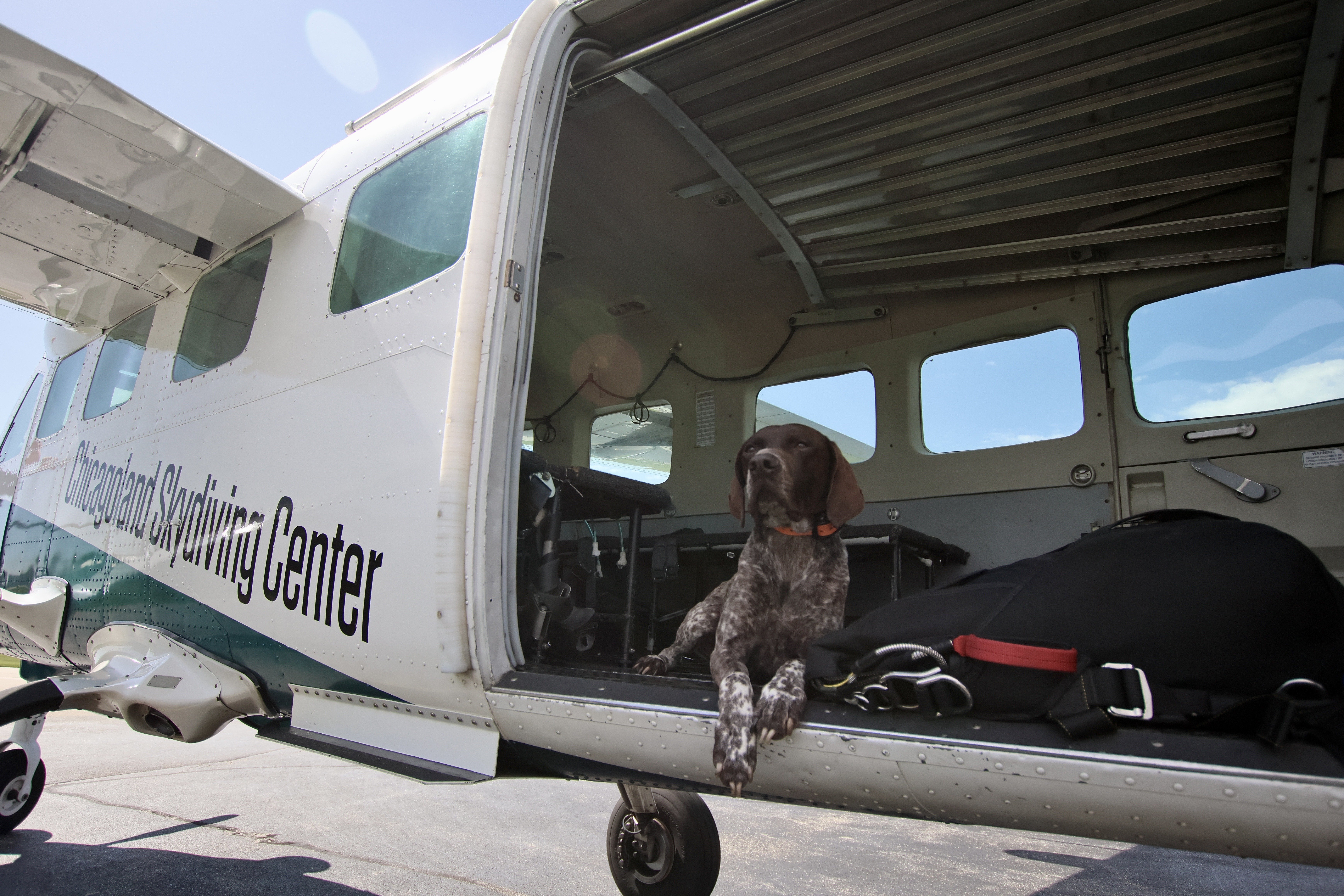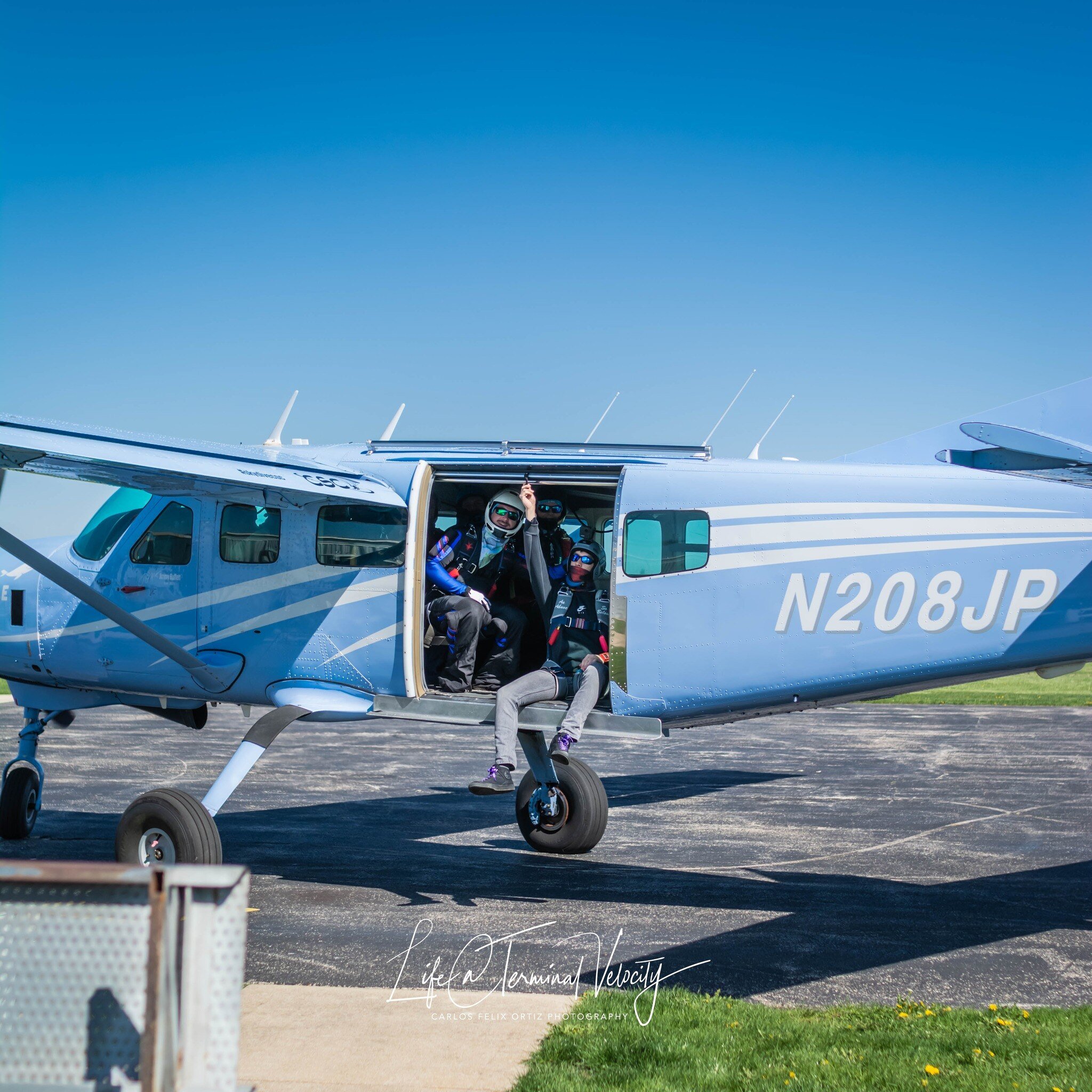Skydiving What-Ifs?

There’s no getting around it, skydiving can be a terrifying prospect! At its core, jumping out of an airplane in flight involves trying to override one of the most primal fears we, as humans, have — the fear of heights. We are simply hard-wired to be scared of falling because we know instinctively that falling generally doesn’t end well, but here’s the significant bit… It’s SO MUCH FUN!





